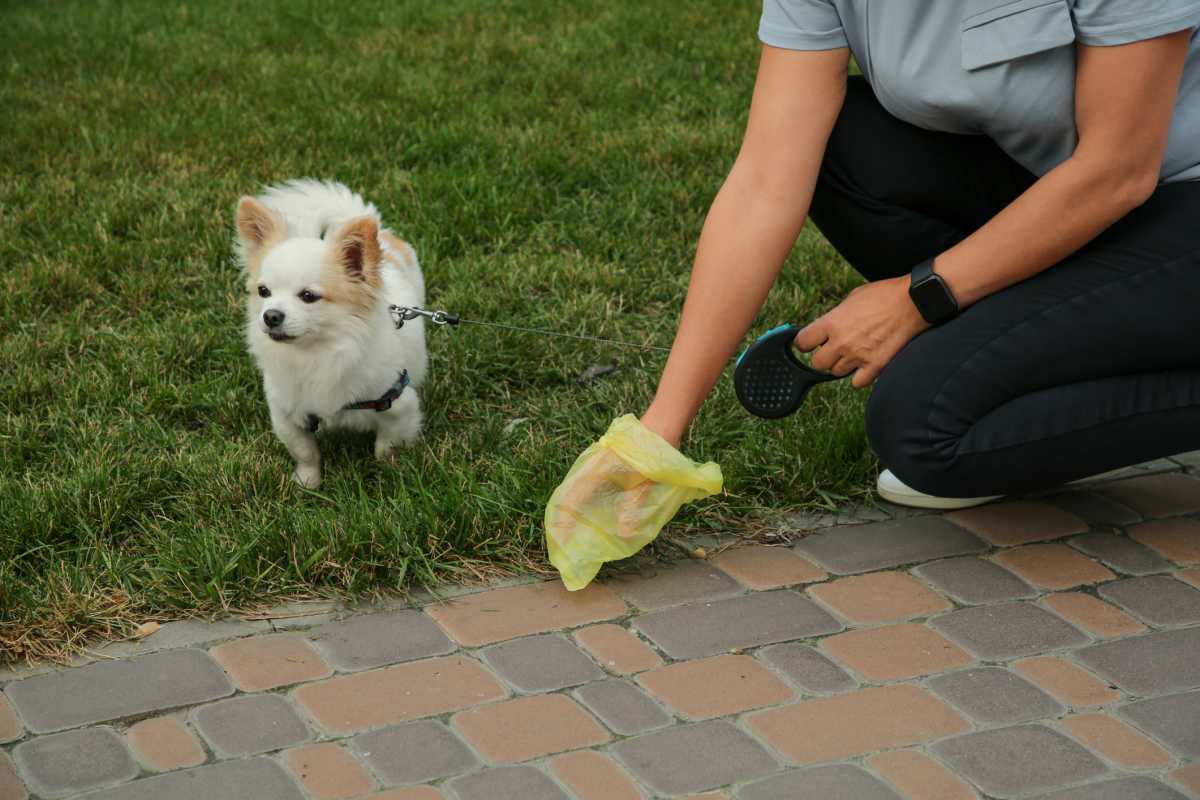Dog poop used to turn white in the 90s, but not anymore. What changed?

Pet owners have noticed a concerning change in dog poop trends. Until the late 90s, dog poop turning white in the sun was a common occurrence, but as times changed, so did the color of dog droppings. The older generations were familiar with the conspicuous change in the color of the poop, which has a scientific explanation behind it, whereas the younger generations have not noticed the “pivotal” phenomenon that is directly linked to the quality of pet food, as reported by IFL Science.

The Bristol Stool Chart for dogs has closely assessed a stinky culprit behind the spectrum of whiteness in dog waste—minerals. Earlier, dog food used to be loaded with calcium-rich meat and bone meal that did wonders for dogs when consumed in certain amounts. When the consumption of calcium is in surplus, the excess is pushed out of the body with dog poop. However, the whiteness of the calcium is not instantly visible until the fresh load is baked in the open sun for a few hours. When the moisture evaporates, all that is left behind is the calcium mineral, imparting the white exterior to dog poop.

It was a common sight in the past, but today, people rarely see white dog waste lying around. This is due to the stooping quality of pet food sold in supermarkets and grocery stores. Commercial pet food with cheap bone meal is not the best option for dogs, researchers have collectively agreed, while their search for the ideal diet continues. With every passing year, fewer dogs are reaching the hard-to-digest calcium surplus, and nowadays, dog waste remains the same even after hours in the scorching sun.

Besides the calcium surplus, white dog poop can also be a worrying sign for liver and gallbladder problems. Pale stools may indicate bilirubin deficiency in the digestive system and should be checked with a vet expert. Adult dogs can control their blood calcium by absorbing what is needed and excreting the rest. Sometimes, dogs may have difficulty flushing out the excess calcium, which can lead to toxicity. Pet owners are advised to pay close attention to their dog's waste and ensure adequate dietary calcium. The American Kennel Club states that pet foods with a digestibility of less than 75% are considered poor quality. According to Darwin's, ingredients like meat meal, rendered fat, and propylene glycol (PG) offer no nutritional value to pets.

Highly processed and dry food has low nutritional value and is usually made from leftover meat from making human food. Studies have shown that fresh, lightly cooked food has superior digestibility and bioavailability, per the source. A digestible diet will usually result in “high-quality poop” and be less stinky and voluminous in comparison to dog waste from a kibble diet. However, it is also difficult to determine the quality of pet food just from the ingredients and pictures on the label. To surmise, digestibility plays an important role in the pet food and affects the dog’s health in the long term.